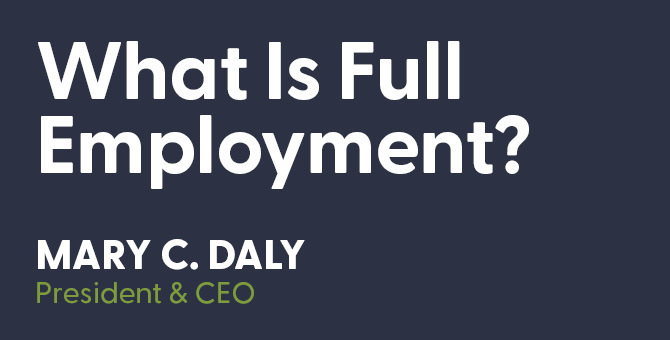Go anywhere in the country today and employers will tell you it’s hard to find workers—harder than it’s been in a while, harder than they expected it to be, and certainly harder than they would like it to be. Many worry that this will persist, that the labor market is already really tight and will get even tighter as the economy recovers.
But there are almost 10 million people who are unemployed and even more on the sidelines. These are people who worked before the pandemic and likely have the skills to work today. Of course, myriad factors are tempering labor supply at the moment—the need to care for children, fears of COVID, generous unemployment benefits. But there is no reason to expect those to be permanent or even highly persistent features of the labor market.
Indeed, we learned this in the aftermath of the Great Recession. The downturn put millions of prime-age men and women out of work (see Figure 1). Many believed that this would never reverse, that the employment rate would be permanently lower, reflecting skill deficiencies, scarring from long-term unemployment, early retirements, disability, and even changes in attitudes toward work, meaning less interest.
But none of those factors proved to be binding. As the economy improved, workers came off the sidelines. And year after year, the employment rate rose, eventually surpassing its pre-recession peak (see Figure 1).
The lesson is simple: Americans want to work and it would be a mistake to assume otherwise.
Figure 1
U.S. employment to population ratio for people ages 25–54

Mary C. Daly is president and chief executive officer of the Federal Reserve Bank of San Francisco.
You may also be interested in:
The views expressed here do not necessarily reflect the views of the management of the Federal Reserve Bank of San Francisco or of the Board of Governors of the Federal Reserve System.

